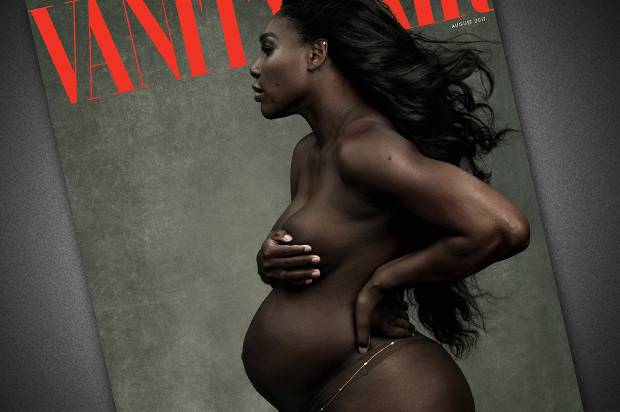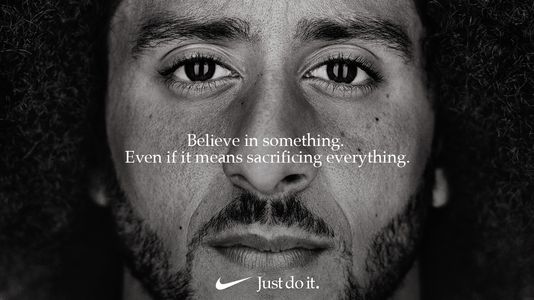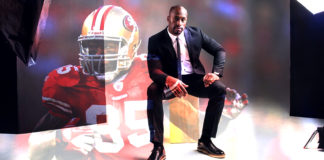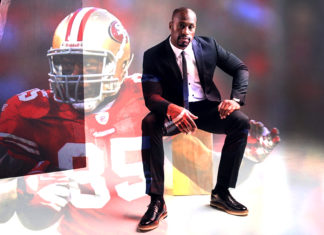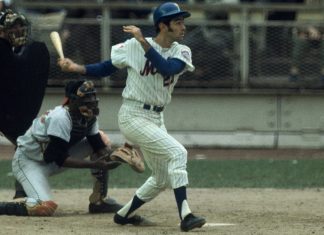I remember when I was 14 years old standing around at the rink, looking at the results of a skating test I had just completed, which I passed. I was standing close to my two training mates and their family, huddled together, crying, at what was their last skate as figure skaters. The two skaters loved to skate, but the hobby was too expensive for their family. It was a deeply emotional moment for the family and my coach.
Stories like this are not uncommon in ice sports. There usually comes a point where each family has to decide if figure skating is feasible financially, and the answer depends on the skater’s potential. Should we stay or should we go? Such things are deeply personal questions, and responses vary by families’ fiscal situations.
Figure skating is one of the most expensive sports, with costs that are equivalent to some people’s annual salaries. The following list is based on Canadian pricing and could vary greatly depending on the level of skater, level of coach, skating club, city, and other factors.
- Skates: $500 (varies depending on the brand/type of boot)
- Skate blades (this does not come with the skate): $500
Skates need to be replaced yearly for lower-level skaters, and sometimes every couple of months for elite skaters. Skate Canada offers discounts at some skate shops.
3. Ice time: $500 to $600 for six months of training; additional ice (sometimes called ticket ice) is about $20 per hour
A beginner skater will likely skate two to three times a week for an hour at a time. Elite skaters can skate two to five hours a day, four to five days a week
4. Association fees (Skate Canada, USFS, etc.): $25+
5. Off-ice personal trainer: $75 per session
This varies per individual needs, and the gym/off-ice training of choice.
6. Coach(es): $60 and up an hour
This cost depends on the level of the skater and the experience of the coach. As a skater becomes more advanced in his or her technique, the more likely it is that multiple “specialty” coaches would be hired. For example, someone may have an overall coach, a jump coach, and a skating skills coach.
7. Choreography: $60 and up an hour
This cost depends on who is doing the choreography. If it’s the coach (which is typical for lower-level skaters), it will be the same fees as coaching costs. Elite skaters will use a separate choreographer, who will charge around the same as coaches, or sometimes more because they are more in demand.
8. Costumes (one for the short program, one for the long program, and a backup): $200 to $5,000
This is the highest variable in the sport, because it depends on the dressmaker and the amount of detail on the dress. It is not unheard of for Olympic dresses to be $5,000 each. Competitive skaters have two programs, with a different dress for each. Men’s costumes are cheaper.
9. Competitions/seminars: $80 to $250
This is the typical range for local competitions and seminars, where national and international events would have a higher cost. The higher costs usually reflect the cost for pairs/dance teams.
10. Travel: Varies by location and travel method
It is common for skaters to have to cover their coaches’ travel expenses as well as their own. If a coach has more than one student in an event, the cost would be split between the skaters. Usually, skaters compete four to eight times in a season (September to April).
11. Testing (until you get to the top level): $100 per test
This is the toughest cost to explain because it will also require a breakdown as to how the levels and disciplines work in the sport, which differs (except for junior- and senior-competitive levels) per country. In short, a skater could complete one to five tests per year. If completing dance tests, a partner fee may apply.
The prohibitive costs of figure skating have led families to get second mortgages on homes or work multiple jobs. I used to train with a skater whose family lived in a mobile home to cut on travel and accommodation costs for travelling to competitions, and training. That skater is now a two-time, Canadian champion.
It is not my place to speak as to whether or not those kinds of sacrifices are warranted. Each family dynamic is unique, as is the potential of each skater. Any form of sacrifice, especially in the above example, is complex. I know many skaters who had the potential to go far in the sport leave it because it was too demanding for the family financially.
Figure skating is beautiful to watch but is limited to a certain kind of person with economic privilege still typically afforded to white people, leaving the sport with a lack of diversity. Expecting participation in sports to be completely free is unreasonable. Coaches and, generally, but not usually in figure skating, judges or officials cost money. It’s even reasonable to expect figure skating to be expensive because it’s such a specialized sport. But my heart breaks a little bit each time I hear a story of someone who loves figure skating not able to participate because of the cost. How much does it cost to open the doors and provide access to more people?
Access is a difficult issue to unpack and is one that many high-cost industries are facing right now. It becomes more difficult to address this when sport as a whole, while it has come a long way, is still seen as a luxury. Sports like figure skating are especially seen as frivolous due to the glitter and glamour it projects. While not the shining example of figure skating, I will always remember the mom in Ice Princess (played by Joan Cusack) essentially say that skating was a waste of time relative to school. While I will not argue that figure skating is more important than an education, I eventually chose higher education over skating professionally. However, the skills I learned skating helped me in my future, non-skating career.
Beyond the specific wonder of figure skating, all sports are of value to children. They teach skills that can be carried over into adult life. Skate Canada accepts donations to help athletes in various forms, including providing youth equipment to those in need. There are charities such as JumpStart, an organization who has partnered with Skate Canada in the past that helps get children involved in sports.
There is a feeling that comes with sport, something so intrinsic and special about which all athletes can romantically speak in their own way. I still crave the feeling of blade to ice and the wind on my face. I love the feeling of being able to pour my heart out on the ice—good days and bad. Skating saw me through the toughest moments of my life, and in a way, acted as therapy for me. I owe many of my positive attributes, qualities that have helped me secure employment and be seen as impressive in the eyes of my peers, to sport. Figure skating taught me time management skills, goal setting, discipline, and focus. All sports teach these and other skills to participants, and are things that do not have a price tag. These qualities are typically seen as positive in the eyes of employers and graduate school recruiters.
It’s difficult to come up with an answer on how to relieve the financial barriers in sport, especially sports that have a high cost associated with it that can be difficult to get around. To look at the cost of sport, you have to look at the cost of living, which is going up. If families can barely afford to pay for housing costs, how will they be able to have their children participate in sports? I would hate to see that participation decline because survival is too expensive, but sports and other extracurricular activities are often the first thing cut from budgets.
To solve this problem would be to crack the lid on so many other problems the world faces in terms of economic inequity. As with everything, I believe it begins with an awareness of the costs of skating, and how that is an inherent barrier to participation. I believe it is about hearing the stories of families who chose to sacrifice for their children to have the chance at the top level of the sport, and those who decided that it was not a wise choice.
Coaches need to encourage each athlete to voice their individual needs. Some skaters just want to skate; others want to be Olympians. One is not less than the other, and a path to achieve these goals must be encouraged. Someone who wants to skate for fun doesn’t need all the trimmings of an elite skater. Some coaches understand this; others do not.
There needs to be an understanding within the boards that figure skating is a sport laced in privilege, and an understanding that not all add-ons for becoming an elite figure skater may be feasible for families. I believe the balance is found in programs like Figure Skating in Harlem, which helps skaters gain confidence and learn life skills and enjoy the amazing things skating has to offer. I would love to see more skating clubs offer lower rates for children to learn to skate, just get them into the sport and offer more flexibility with the skating costs they can control.
Addressing financial barriers in figure skating is vital to improving the sport as a whole. Once we open the door to discussing the economic inequity in figure skating, we will be able to address some of the other issues in the sport, such as the lack of diversity, sponsorship opportunities for these athletes who do make it to the top, and more paid opportunities to figure skaters once they are no longer competing. These are all issues discussed on the fringes of the sport but are impossible to solve without attempting to address how we as skaters, coaches, and fans can make the sport more affordable and accessible.



